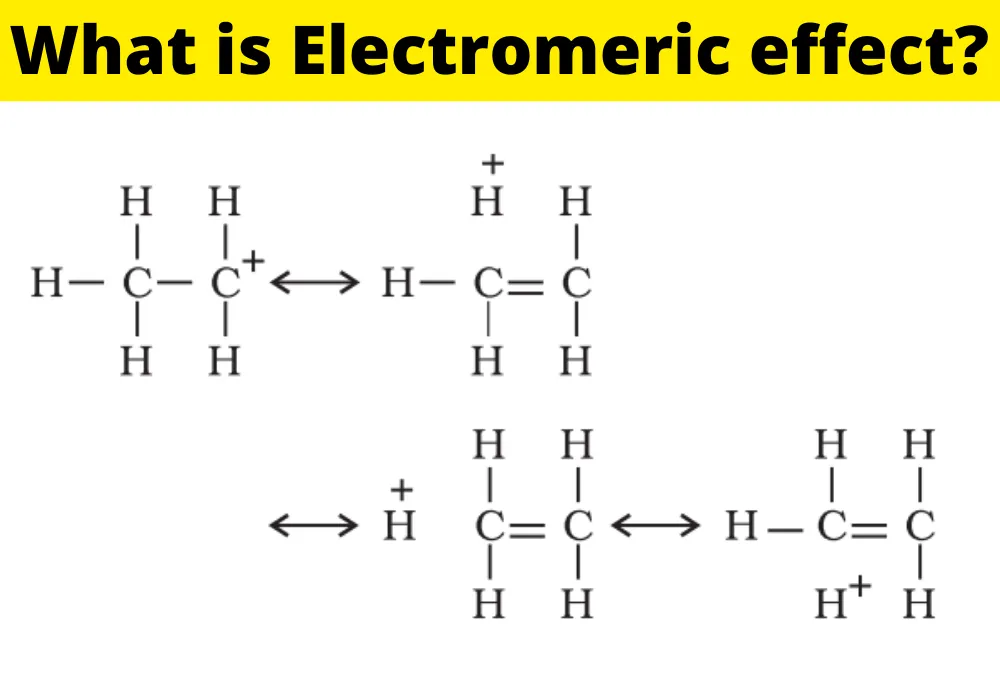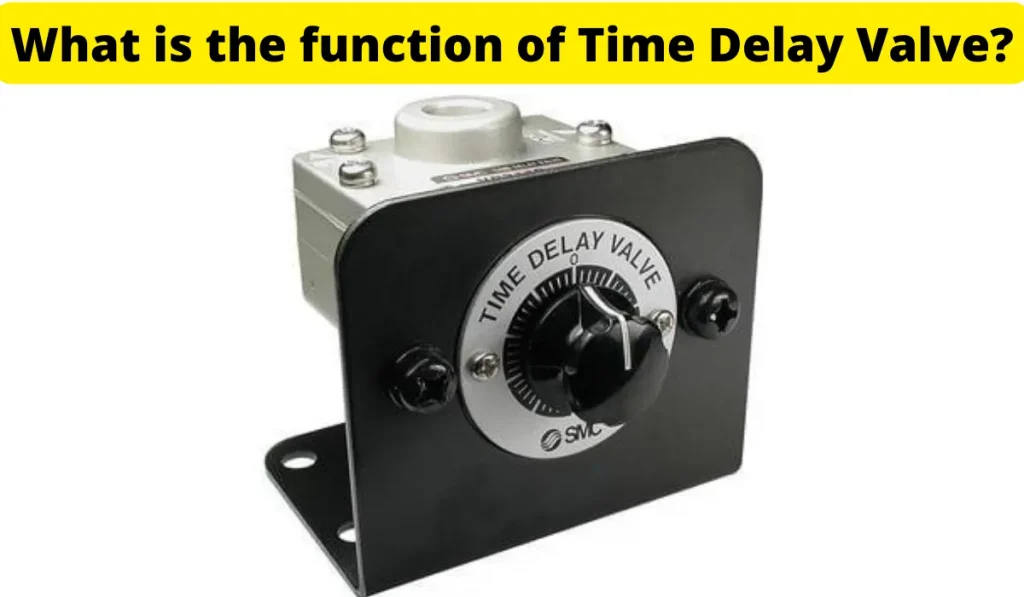Contents
- 1 Q1: What is Electric Flux?
- 2 Q2: Define the dielectric constant of medium
- 3 Q3: Define quantization of electric charge
- 4 Q4: What is Electric field & Electric field intensity?
- 5 Q5: Define electric potential energy
- 6 Q6: What is electrostatic potential?
- 7 Q7: Define capacitance of a capacitor
- 8 Q8: What is a resistivity of a conductor?
- 9 Q9: What is Ohm’s law?
- 10 Q10: Define specific resistance
- 11 Q11: What is mobility of a charge carrier?
- 12 Q12: What is the EMF of a cell?
- 13 Q13: Define Dielectric polarization
- 14 Q14: What is Electric charge & it’s unit?
- 15 Q15: What are the properties of Electric charge?
- 16 Q16: What is grounding of Earth?

Q1: What is Electric Flux?
Ans: Electric Flux is the amount of charge that flows through a surface or a material. Electric Flux is measured in coulomb per square meter.
For example, a current of 100 Amps flowing over a surface of one square meter would have an electric flux of 10,000 coulombs per square meter.
Q2: Define the dielectric constant of medium
Ans: The dielectric constant of a medium is the relative permittivity of a medium in a given electric field. The dielectric constant is a measure of how much a medium resists the flow of an electric field. The dielectric constant of a medium depends on the medium’s physical properties and on the electric field.
Q3: Define quantization of electric charge
Ans: Quantization of electric charge is the process of dividing a continuous quantity of electricity into discrete quantities of electric charge. This process is done by breaking the electric field into discrete pieces, and then using a number to measure the length of the field.
Q4: What is Electric field & Electric field intensity?
Ans: An electric field is a field of force that exists between two electrically charged objects. Electric field is caused by the movement of charged particles. When the charged particles are moved, they create a variance in the electric field that is at the surface of the earth.
Electric field intensity is the measure of the strength of the electric field in a given volume. The SI unit for electric field intensity is the volts per meter (V/m).
Q5: Define electric potential energy
Ans: Electric potential energy is the energy a particle has as it is moving towards or away from an electric field. The SI unit of electric potential energy is joule, and it is a non-conservative quantity, which means it cannot be changed into another form of energy. Electric potential energy is often a scalar quantity, and it can be calculated from the electric field.
Q6: What is electrostatic potential?
Ans: Electrostatic potential is the potential difference between two points in a static electric field. This is a measure of the electrostatic energy that can be exchanged, without any heat or other forms of energy being transferred, between the two points of a given system. These points are typically charged surfaces such as electrodes, with the potential difference being the energy that is stored in the electric field.
Q7: Define capacitance of a capacitor
Ans: Capacitance is the amount of charge stored in a capacitor. It is usually measured in microfarads (μF) or picofarads (pF), and is calculated by multiplying the number of plates by the plate area. Capacitors are used as electrical energy storage devices, in particular in electronic circuits to smooth the output of alternating current to a steady voltage.
Q8: What is a resistivity of a conductor?
Ans: The resistivity of a conductor is a measure of its ability to oppose the flow of an electric current. It can be measured in units of ohm-meters. The resistivity of a material is measured in ohms, and is dependent on the temperature and other conditions.
Q9: What is Ohm’s law?
Ans: Ohm’s Law is an equation that defines the relationship between electrical potential (voltage) and electrical current (resistance) in an electrical circuit. It was developed by Georg Simon Ohm in 1827.
Ohm’s Law states that, for an ideal current-controlled resistor, the voltage across the resistor is directly proportional to the current through it and inversely proportional to the resistance.
Q10: Define specific resistance
Ans: The specific resistance is the resistance between the two terminals of a conductor or the resistance between the two terminals of a capacitor. It is the inverse of the conductance and is measured in ohms.
Q11: What is mobility of a charge carrier?
Ans: The mobility of a charge carrier is the ability of the charge carrier to move without being hindered by the opposing charge. Mobility of a charge carrier is expressed in units of m2V−1s−1.
Q12: What is the EMF of a cell?
Ans: The EMF (electromagnetic field) of a cell is the amount of electromagnetic energy emitted by the cell. This can be measured by the amount of energy that is in the form of oscillating electric and magnetic fields. The electromagnetic field of a cell is measured in volts per meter.
Q13: Define Dielectric polarization
Ans: Dielectric polarization is the process of transferring an electric potential from one material to another material. It can be used in many different ways, including transferring charge from one material to another, generating an electric field, or converting a mechanical or thermal field into an electric field.
Q14: What is Electric charge & it’s unit?
Ans: Electric charge is the property in an object that causes it to experience either a positive or negative electrical force on another object. The most common form is negative charge, which is when electrons are removed from the atom or molecule.
The unit of charge is the coulomb, which is the amount of charge that will produce one ampere of current when pushed through a resistance of one ohm.
Q15: What are the properties of Electric charge?
Ans:
- Electric charge is the electric field strength of an object.
- Electric charge is a scalar property of many subatomic particles.
- Electric charge is a property of both particles and waves.
- Electric charge is a conserved quantity.
Q16: What is grounding of Earth?
Ans: Grounding is the process by which you can neutralize the effects of an electrostatic field on the human body. This is done by connecting a metal object to the Earth, which creates an opposing charge to the one created by the electrostatic field. There are many ways that you can ground yourself. The most common ones are using a conductive item such as a metal water bottle, your belt, or your shoes. It is important to keep in mind that grounding will not eliminate the electrostatic field, but it will help to reduce its effects on the human body.


![Zoology Important Questions [Class 11th-English medium] Zoology Important Questions class 10 english medium](https://edukar.org/wp-content/uploads/2022/09/Zoology-Important-Questions-class-10-english-medium-1024x597.webp)
![Corporate Accounting [Important Questions & Answers with MCQ] Corporate Accounting Important Questions & Answers](https://edukar.org/wp-content/uploads/2022/09/Corporate-Accounting-Important-Questions-Answers-1024x597.webp)





![Biology Class 10 Very important [Questions &Answers] Biology Important Questions with Answers class 10](https://edukar.org/wp-content/uploads/2022/09/Biology-Important-Questions-with-Answers-class-10-1024x597.webp)





